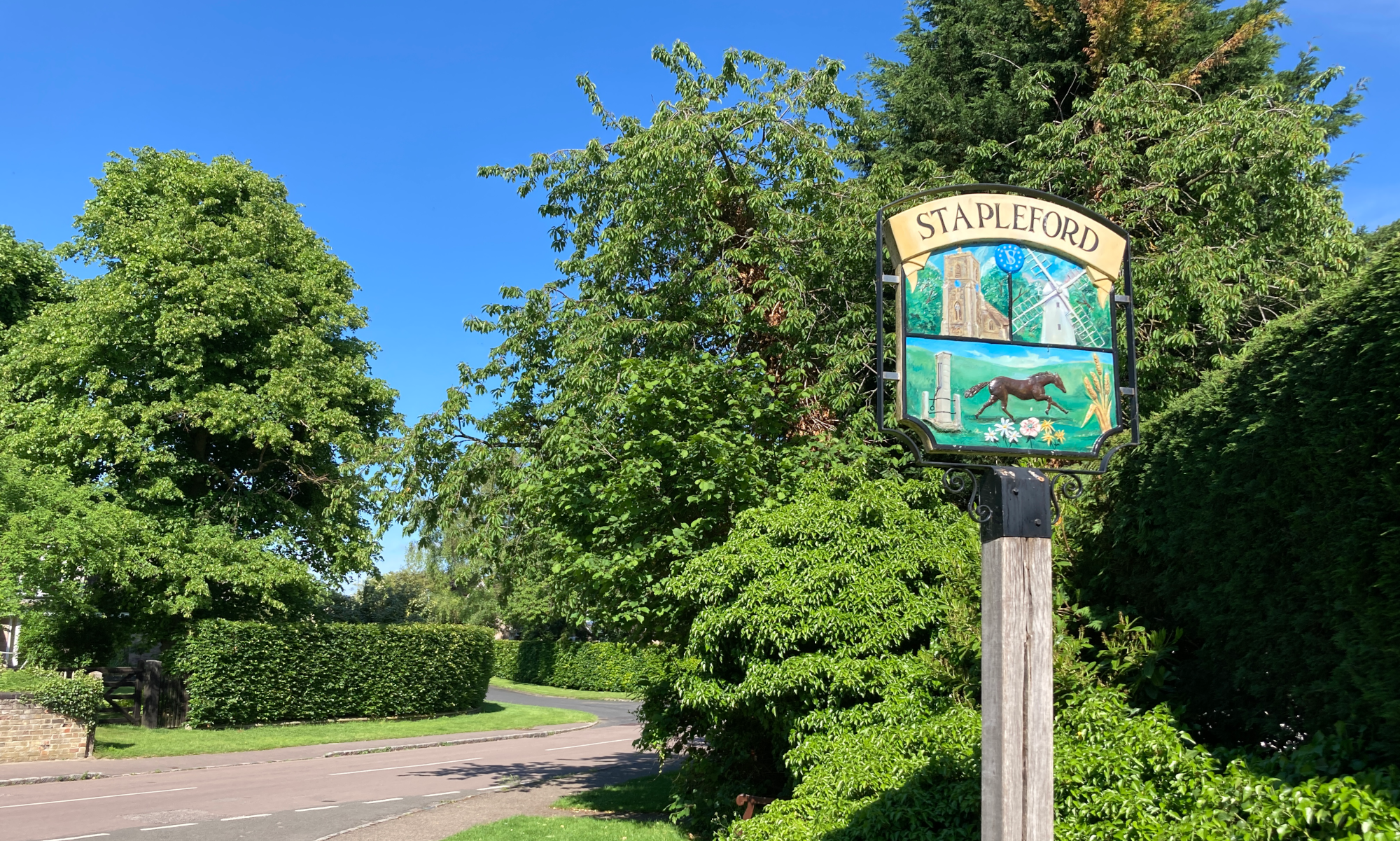Stapleford History Society 28th January 2021
A Zoom talk by Tony Kirby
Tony Kirby gave a talk about the development of Cambridge during the 19th Century looking at the growth in population, the spread of the town and university and some of the streets and buildings which were copiously illustrated.
The 1801 census listed the borough as having a population 10,000. Fifty years later it had increased to 27,000 and in 1901 it was 38,000. There were a number of reasons for this increase: a lower mortality rate after the improvement in medical care, better water quality and sewage, and an increase in student numbers. Chesterton, Trumpington and Cherry Hinton were not part of the borough at this time.
The enclosure acts of the early 1800s released land for development of a town which was contained in a small area. Slowly the town spread towards the east where Jesus and Caius Colleges released land. Maids Causeway and Newmarket Road, and their various side roads, were built at this time. Slum clearance led to the building of new houses in Eden Street and Orchard Street. In 1825 New Square was built although it was always intended that the third side would not be built but left open with a view of Christs Pieces.
As traders and shop keepers became wealthier they improved their lifestyle by moving to bigger premises so that they could live above their shops. This is evident in the Mill Road area and the Panton family who were lords of the manor released land next to Mill Road. The status of the families can be seen in the houses where they lived. The grand houses in Bateman Street and Park Terrace – overlooking Parkers Piece – are very different from the houses in the Mill Road area where many houses were built for the railway workers who arrived in the 1840s.
The colleges grew and different styles of architecture were used. New Gothic was the most popular, as seen in Gonville and Caius, but the New Court of Kings College looks medieval to match the chapel, even though it was built in 1828. Gradually the teaching moved from the colleges to the university so faculty buildings were erected, especially along Pembroke and Downing Street where the museums were also built.
Chesterton on the north side of the river and not part of Cambridge until 1912 also grew steadily and had tightly packed houses near Magdalene bridge and grander houses in the east around De Freville Avenue.
The Victorian era was also the time of building and rebuilding churches in the Gothic style: St Paul’s and St Matthew’s Anglican churches; the Catholic Church Our Lady and the English Martyrs; and the Zion Baptist church. The Round Church appears to be very old but was also built in Victorian times. It was interesting to note that the Christian denominations sometimes combined to build missions and Sunday schools.
The talk ended with a look at some other important buildings such as the Corn Exchange which was something of a white elephant as it was completed at the beginning of the agricultural depression in the 1880s when cheap corn from abroad was being imported. The railway station and the grand Fosters Bank (now a Lloyds bank) on the corner of Hobson Street and Sydney Street are other notable Victorian buildings.
[report by Keith Dixon]

